Fitness
8 Top Fitness Industry Trends (2024 & 2025)

You may also like:
The fitness space constantly changing.
You’ve got new exercise equipment.
Cutting-edge fitness apps.
Shifting nutritional habits.
And more.
This is why we put together this list of the 8 biggest fitness industry trends happening right now.
1. The Wearable Tech Market Explodes
Search volume for “Oura Ring” has grown 1,550% over the past 5 years.
End-user spending on wearable devices worldwide is currently over $71B.
This represents a major part of the longstanding self-tracking or “quantified self” movement.
People use wearables to measure their physical activity, sleep patterns, heart rate variability, and overall wellness.
The Apple Watch even has an electrocardiogram feature.
The Apple Watch’s ECG app.
As the market for fitness wearables expands, they are becoming:
More powerful: collecting more types of biometric data with more detail.
Cheaper: the Yamay smartwatch costs just $40.
Smaller and more comfortable: the Oura Ring is small and light enough to wear on your finger every day.
The Oura Ring – a wearable fitness and sleep tracker in the form of a ring.
It will be exciting to see what new devices are introduced over the next few years.
2. Biohacking Goes Mainstream
Searches for “biohacking” have increased by 515% in 10 years.
Biohacking is the process of improving one’s body or mental facilities using diet, exercise, mindfulness practice, technology or drugs.
In other words, biohacking refers to any science-based approach to performance enhancement.
It’s a trend that has been on the rise for over a decade.
But biohacking specifically has been accelerating lately.
Why?
First, the technologies that support biohacking are quickly advancing.
From continuous glucose monitors to help people lose fat, to implantable sensors used for other purposes like NFC or RFID chips.
Implantable sensors aren’t sci-fi. They’re becoming “the next wearable” category.
In fact, some analysts believe the “human augmentation” market will grow to over $780 billion by 2027.
Second, the healthcare system is embracing some of the more natural approaches to biohacking.
Practices that were previously considered nothing more than relaxing hobbies are now being prescribed to help improve physical fitness and well-being.
For example, forest bathing.
Searches for “forest bathing” have risen 788% over 10 years.
There is evidence that forest bathing may promote lower concentrations of cortisol, lower pulse rate, lower blood pressure and even improve cardiovascular and metabolic health.
As a result, some doctors are beginning to prescribe time outdoors.
Finally, many companies and startups have stepped in to provide advanced dietary supplements.
As well as nootropics.
Often called “smart drugs”, nootropics have traditionally been used for cognitive enhancement.
But now they’re being used more and more to improve physical fitness.
The opposite is also happening:
Physical workouts themselves are being used as mental performance enhancers.
Studies show that exercise may help with concentration, memory and more.
So productivity-minded people who only care about their brainpower are increasingly using physical exercise as a way to improve it.
All of those factors combined make biohacking one of the biggest – and most overlooked – fitness trends happening right now.
3. Home Gyms Thrive
Home gyms were a slow-burning fitness industry trend.
But they spiked in 2020.
(The first wave of virus lockdowns caused the biggest peak.)
The Google search trend for the phrase “garage gym” over 10 years.
Although health clubs are now open around the world, it’s likely that the home gym trend is here to stay.
All of that is good news for home workout equipment retailers.
Consumers are jumping on the garage gym trend.
And turning to brands like Rogue Fitness to do so.
Rogue Fitness provides heavy-duty equipment for home gyms.
Home gyms are also going high-tech.
Peloton is probably the most famous recent example of high-tech home fitness equipment.
Search growth for “Peloton” is up 1,250% in 5 years.
Their exercise bike features a large touchscreen for streaming video spin classes (at the additional cost of $39/mo).
The Peloton exercise bike.
Zwift is based on a similar concept, but using your existing bike.
It uses your real-world pedaling to place you into a multiplayer video game.
To use it, you need to attach your bike to a smart trainer (or a regular trainer or set of rollers, combined with a power meter or speed sensor).
Then get set up on the Zwift app, and start racing your friends online.
Zwift lets you train with friends from your living room.
If you prefer to run, you can also use Zwift with a treadmill.
4. More Mobile Fitness Apps Emerge
Mobile apps are another way technology is influencing the personal fitness industry.
With over 800 million users worldwide, fitness apps are expected to rake in around $6.8 billion this year.
More people search for “fitness app” each year. January is usually the peak.
There are a few main categories of fitness apps to keep an eye on.
First are activity trackers.
iOS and Android phones all come with free built-in fitness trackers.
How can app publishers compete with that?
Well, one approach is to make exercise social.
That’s what Strava does.
Searches for “Strava” have increased over the last 10 years.
Using this app, runners, cyclists and swimmers can join multi-person challenges, connect with friends, and engage with a community of athletes.
And of course, share all their cardio workouts on social media.
This approach seems to be working. People search for “strava” 165,000 times per month in the US alone.
And that number is only climbing.
Strava offers advanced features for paid subscribers.
Charity Miles sets itself apart in a different way.
Users of this app can earn money for charities each time they exercise.
Another type of growing fitness app is the guided workout app.
These apps offer streaming or on-demand workouts, often guided by fitness professionals, coaches, or personal trainers.
Zwift and Peloton are two advanced examples of this category of app.
But they both rely on special equipment.
The Nike Training Club app is another popular app that includes guided workouts along with personal training.
It runs the gamut of exercise types, including strength training, cardio, bodyweight exercises, yoga, Pilates, and more.
The Nike Training Club mobile app.
And a final fast-growing fitness app category is diet apps.
Including meal planners, nutrition trackers, and calorie counters.
MyFitnessPal is among the largest in this category.
This app is both supported by ads and also offers a premium version.
5. New High-Intensity Interval Training Spinoffs Emerge
High-intensity interval training, or HIIT, is another longstanding fitness trend that’s not going away.
“High-intensity interval training” tends to peak in January.
(In fact, a recent survey by the ACSM found that HIIT remains a popular form of exercise.)
This might be surprising.
Because CrossFit helped popularize HIIT. And interest in CrossFit has been shrinking for years.
But as a fitness approach of its own, HIIT is only growing.
Weight lifting has gotten more popular too, with increasing interest in resistance training exercises (like the overhead press.)
These trends have brought on a slew of related products and workout approaches.
Squat-proof leggings are one example. Squat-proof leggings won’t become see-through when stretched during squats or lunges.
Another example is powerbuilding: powerlifting plus bodybuilding.
Search growth for the keyword “powerbuilding” over 5 years.
6. Consumers Focus on Flexibility and Functional Strength
Many people’s fitness goals still revolve around losing weight and building muscle.
But here’s a parallel movement happening as well:
A focus on pure physical performance.
Strength through a full range of motion.
And gymnast-like flexibility. (To be able to go through more ranges of motion in the first place.)
As well as proper form and posture.
Yoga mats have been flying off the shelves lately for the same reason.
The number of people searching for “yoga mat” is down compared to peak lockdowns. But are still higher over 5 years.
7. New Diets Emerge
New fad diets come and go every year.
But very few of those will stand the test of time.
That said, there are a few relatively modern-day diet trends that don’t appear to be going anywhere.
Removing meat from your diet has been a very long-term trend.
Search volume for the word “vegan” has increased 84% over the past 10 years.
More and more people are turning to plant-based.
Whether for health reasons, ethical reasons, or environmental concerns.
And companies like Beyond Meat, Impossible Food, and Laird Superfood are making it easier than ever to go meatless.
The vegan Impossible Burger.
America’s “plant-based meat” industry is growing rapidly and is expected to be worth $27.9 billion by 2025.
There’s even a vegan version of the super low-carb ketogenic diet.
But for the most part, keto sits at the opposite end of the spectrum from veganism.
So is keto here to stay?
Maybe not.
At least, not if search trends are any indication:
Searches for “keto” have peaked and are declining.
The even more extreme carnivore diet looks like it may be fading fast, too.
Intermittent fasting looked to have more staying power.
Its search volume had been rising steadily for years. But it looks as though we may now be past the peak:
Searches for “intermittent fasting” over the last decade.
8. The Recovery Equipment Market Takes Off
Eercise recovery was traditonally summed up with one word: “Rest”.
But thanks to emerging research into workout recovery, it’s clear that rest is only part of the equation.
This is why there’s a growing market for exercise recovery equipment.
One of the most interesting new products in this category are massage guns:
Searches for “massage gun” are up 2,100% in 5 years.
Massage guns work by delivering strong pulses to a specific area of the body.
Proponents claim that the products shorten recovery times and loosen up tight knots.
Theragun initially put massage guns on the map.
But there are plenty of new players in this emerging space.
Vibrating rollers are another growing product in the recovery equipment niche.
Searches for “vibrating roller” are up 667% over the last 10 years.
Vibrating rollers are like traditional foam rollers…that vibrate.
Research published in the International Journal of Sports Physical Therapy discovered that foam rollers can aid recovery times.
Adding vibration to traditional rollers is designed to help make rolling out tight muscles more effective.
Conclusion
That wraps up our list of the top fitness industry trends for the next 3-4 years.
The fitness world has always been fast-changing. And as technology influences this industry more and more, those changes will happen even faster.
From fitness clubs adapting to a post-pandemic world to fitness programs becoming high-tech, it’s an incredibly exciting time to be involved in the space.

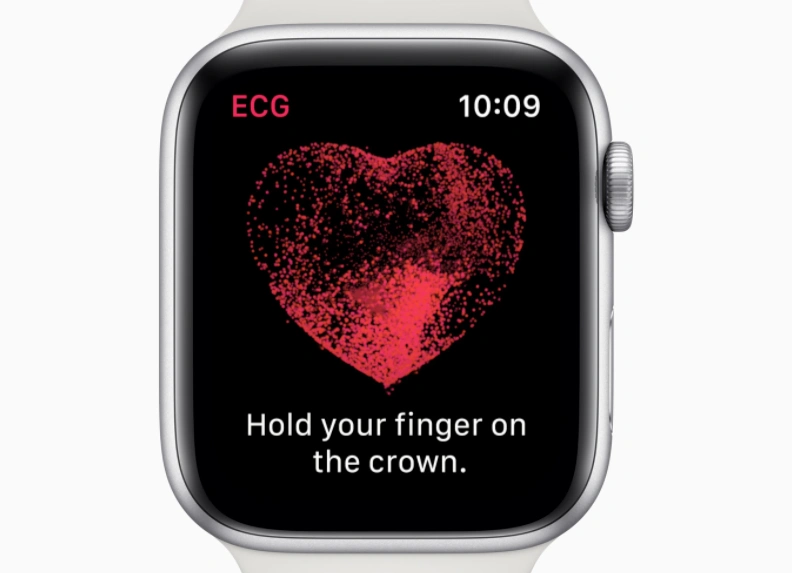






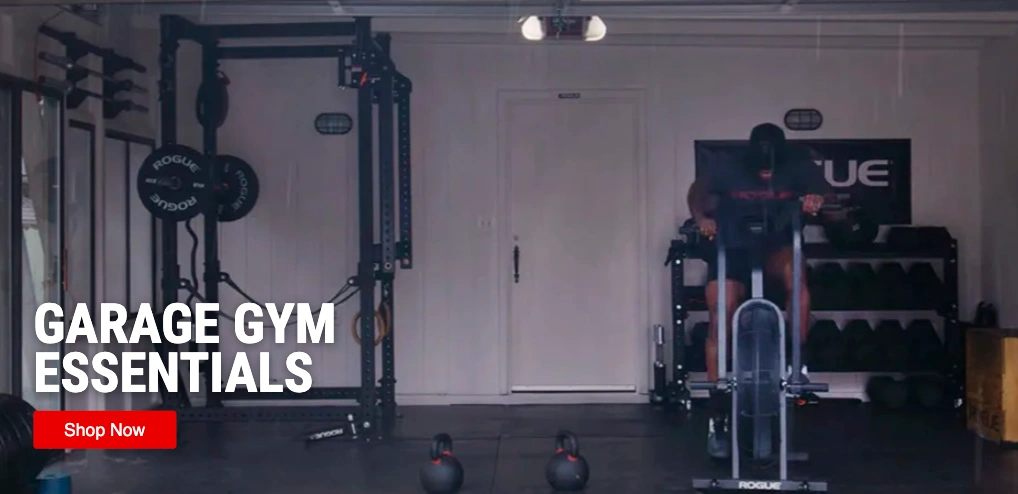
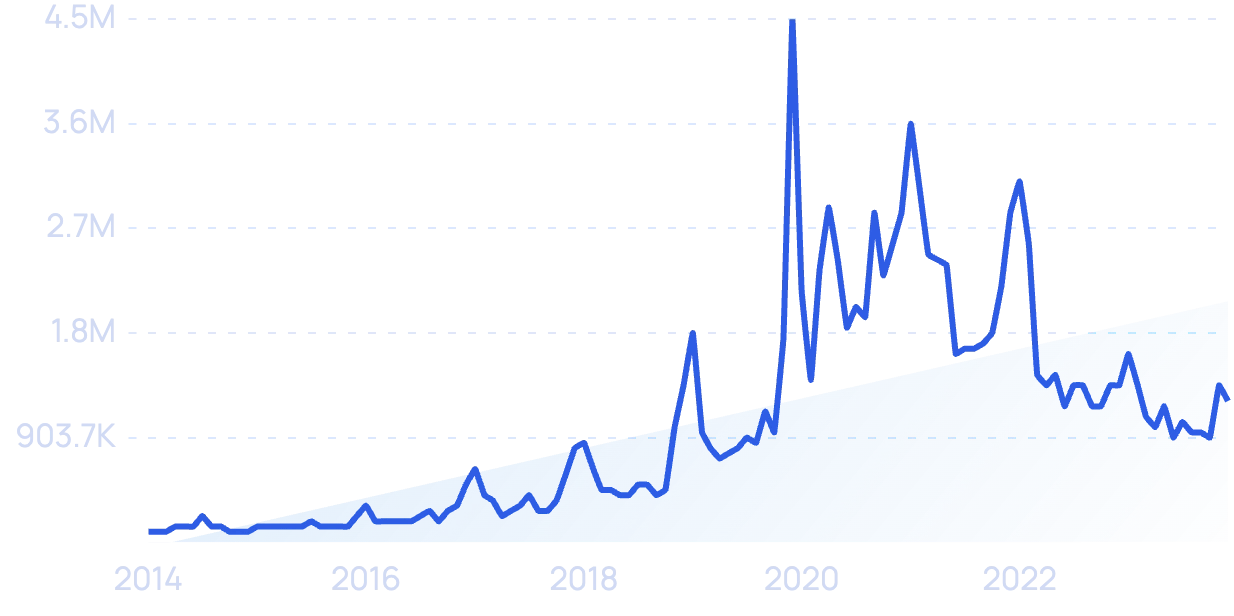

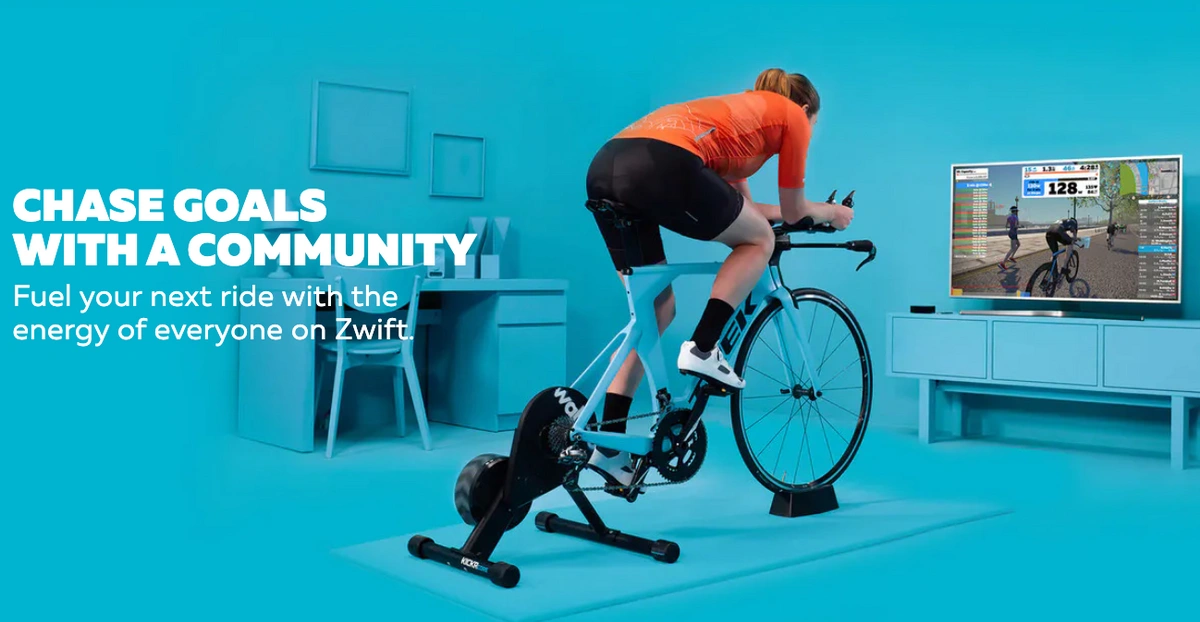
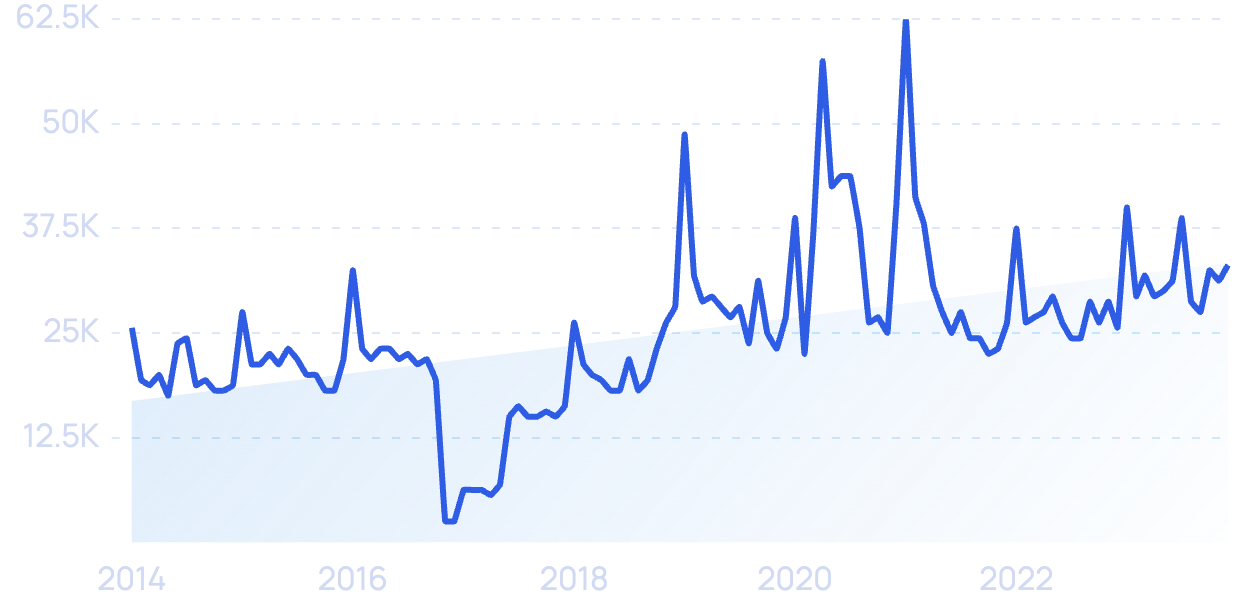
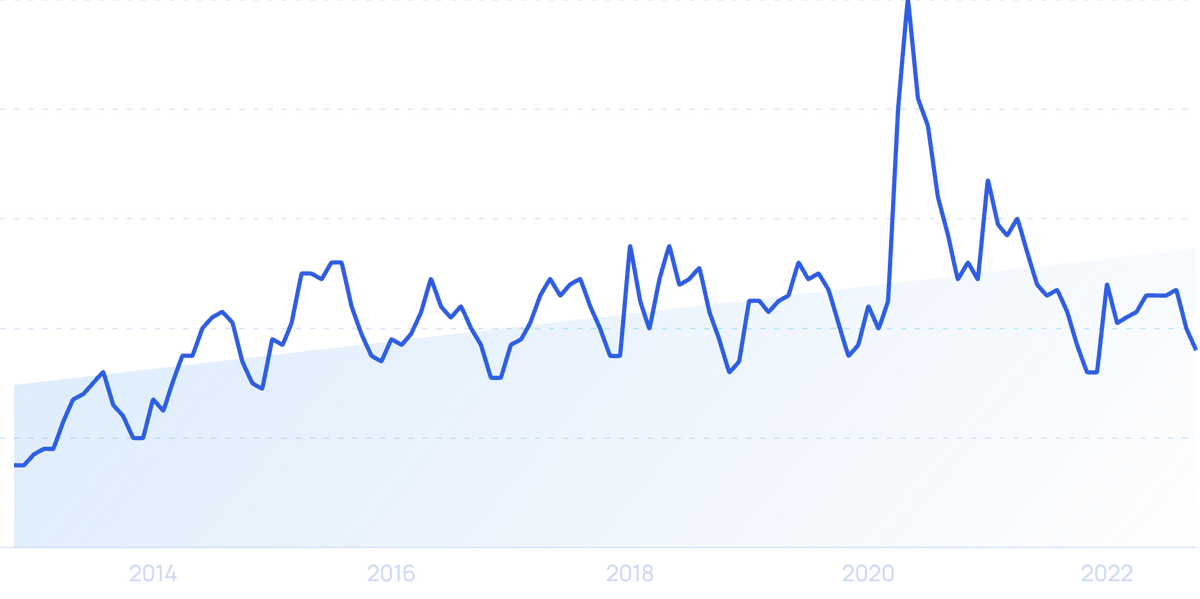
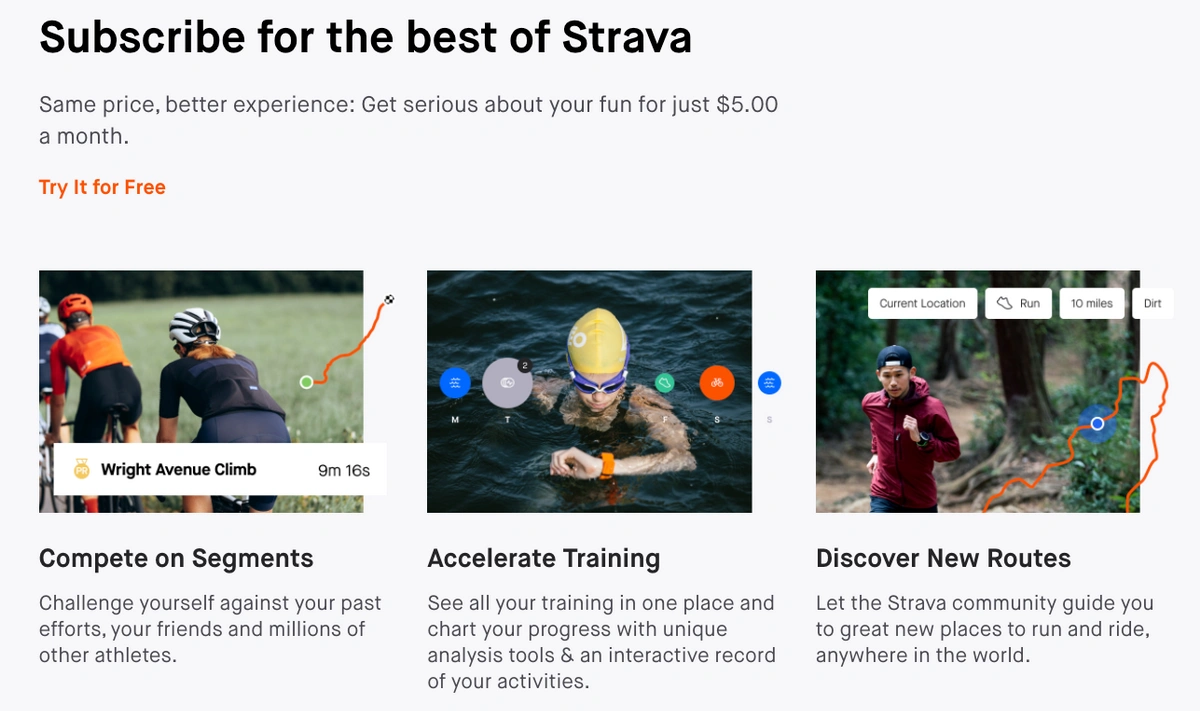
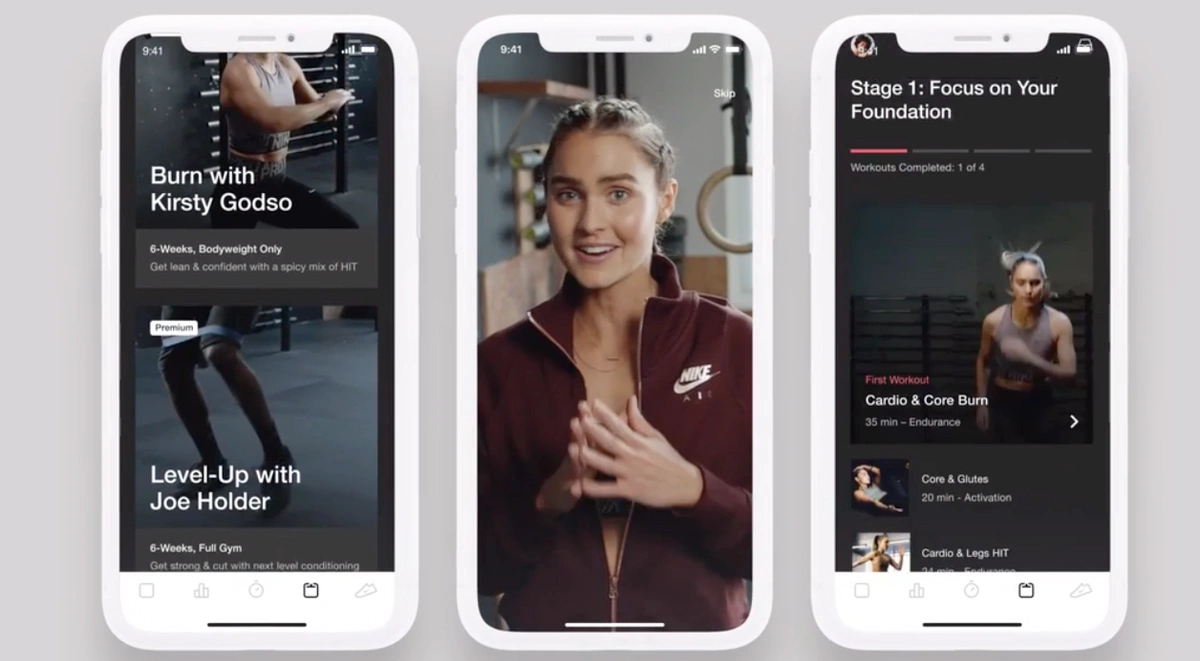
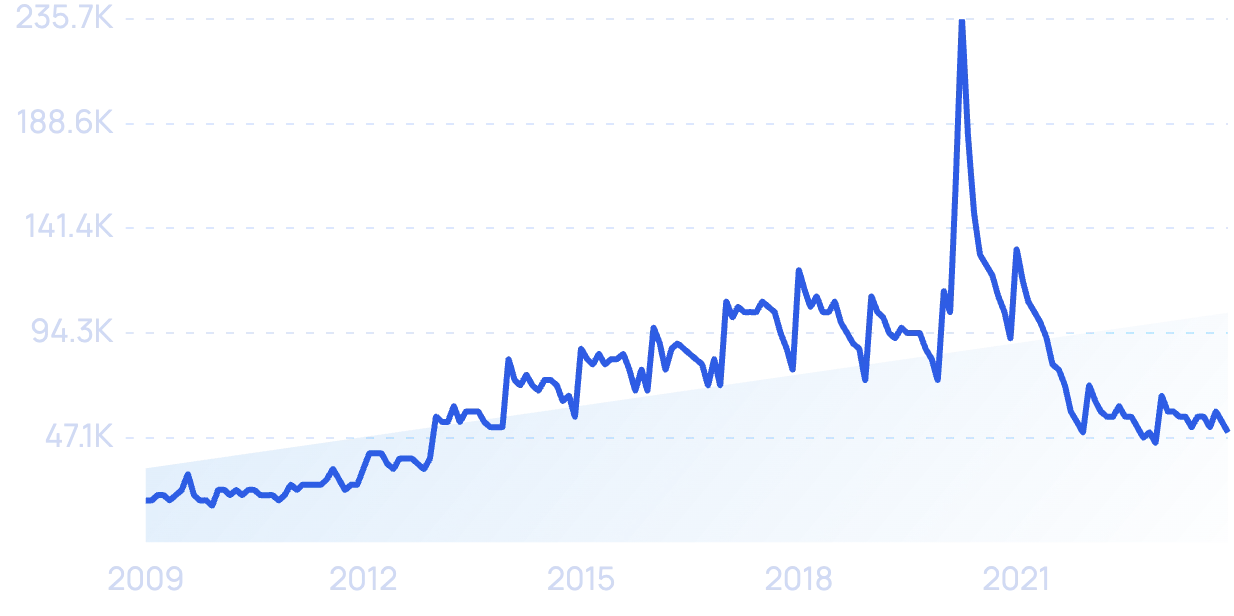



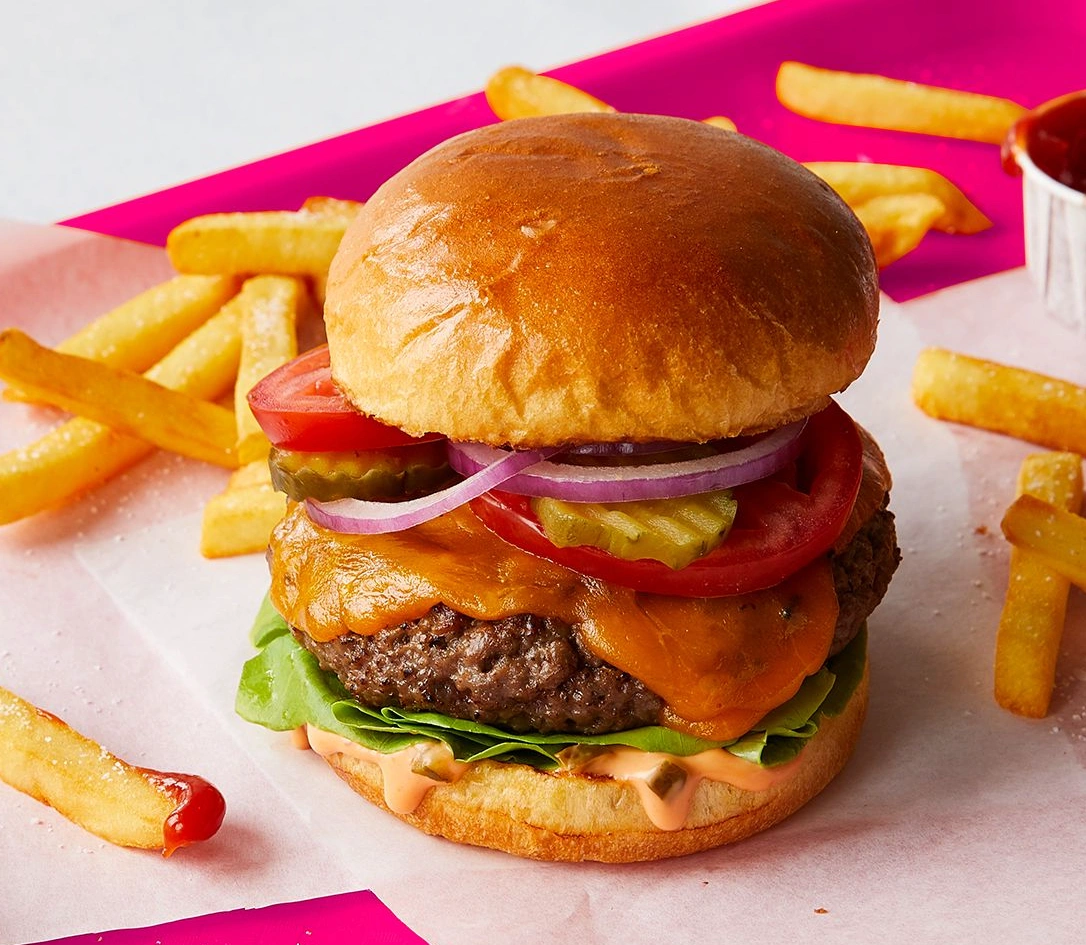
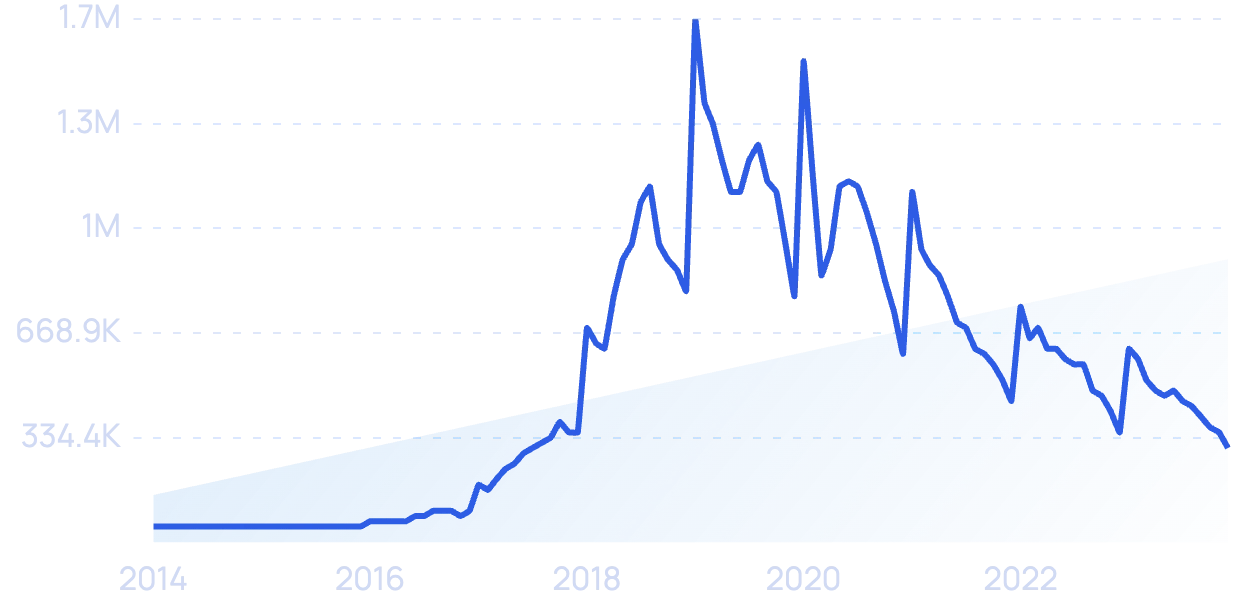









:max_bytes(150000):strip_icc()/roundup-writereditor-loved-deals-tout-f5de51f85de145b2b1eb99cdb7b6cb84.jpg)


